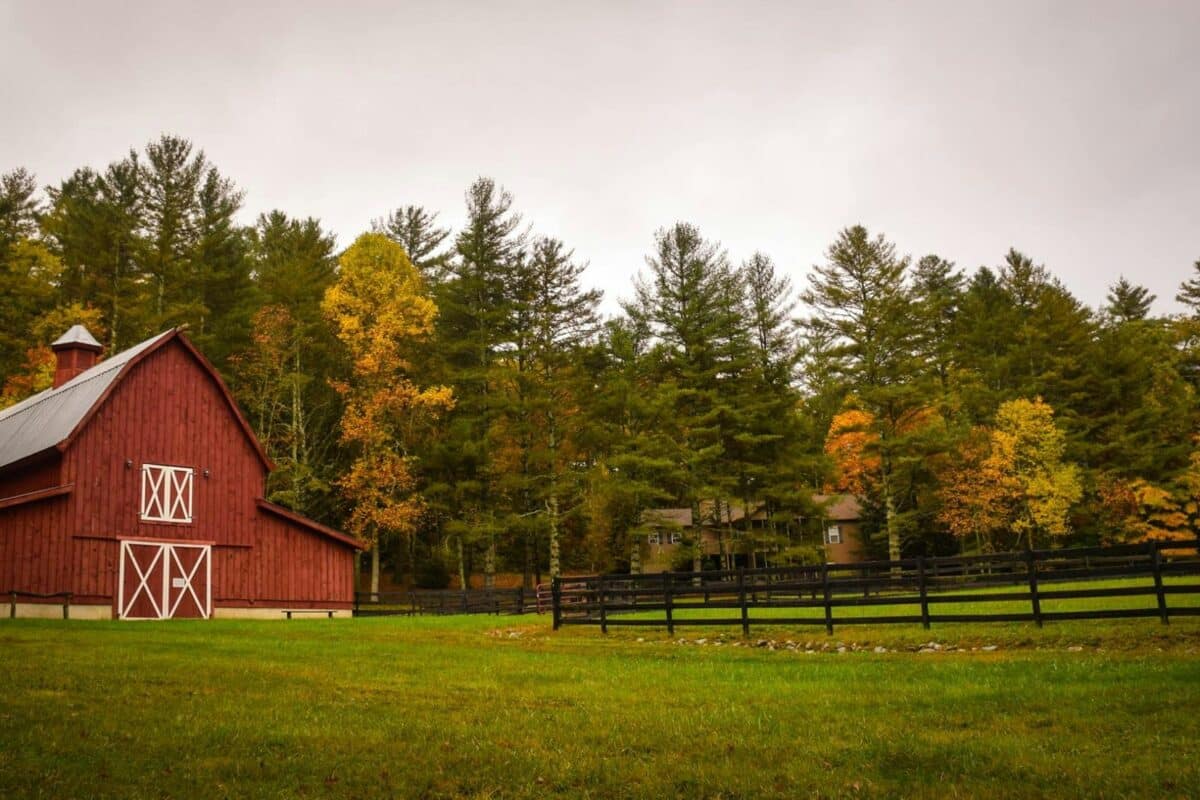 Once known as the “End of the Habitable World,” Kullu Valley, framed by spectacular 20,000-foot Himalayan peaks, is one of India’s most beautiful regions.
Once known as the “End of the Habitable World,” Kullu Valley, framed by spectacular 20,000-foot Himalayan peaks, is one of India’s most beautiful regions.
In the 1940s, after combing Central Asia in search of mythical Shambhala—paradise on earth, the concept upon which James Hilton based his utopian society, Shangri-La, in his novel Lost Horizon—Russian artist, explorer Nicholas Roerich chose Kullu Valley as his home.
It’s easy to understand how Kullu Valley could seem to Roerich the closest thing to paradise that earth has to offer. Wildflowers, rhododendron bushes, pines, firs and deodars cover the grassy slopes of the lower reaches of the world’s highest mountains. Unlike other populated areas in the Indian Himalayas—Darjeeling, Gangtok, Kalimpong—where the loftiest peaks are way off in the distance, in Manali, Kullu’s popular tourist town, the towering peaks are right there. It feels as if you could reach out and touch them. The weather—temperate in the lowest parts of Kullu, with the higher reaches enjoying four seasons—encourages a wide range of crops: almonds, apples, plums, pears, pomegranates, kiwi, honey, soybeans, barley, rice, tomato, cucumber, spinach, lettuce, cauliflower, cabbage, carrot, onion, turnips, hundreds of medicinal herbs and what is reputed to be the best pot in the world, Malana Gold. Kullu Valley’s rivers, the Beas, Parvati and Sutlej, teem with trout.
Kullu Valley also offers an enormous range of tourist activities: trekking, paragliding, zorbing, whitewater rafting, mountain climbing, rock climbing, visits to Hindu and Buddhist temples, shopping for local handicrafts, including beautiful, hand-woven shawls, and year-round skiing. There’s only one problem with the skiing—you have to hike up the mountains, carrying your skis. Except for a bunny slope accessible J-Bar on the ski hill of Solang Nullah, Kullu Valley is totally devoid of ski lifts.
A consortium of international investors seeks—or sought—to change that. In 2004, an agreement between the Himachal Pradesh state government and the principles of Himalayan Ski Village (HSV) laid the groundwork for an Aspen-in-the-Himalayas resort town that would be built above Manali. It sounds like a great idea: world-class skiing in the world’s most magnificent mountains, an alternative to Gulmarg in Kashmir, the Himalayas’ only legitimate ski resort, a destination caught in the tension between India and Pakistan, and its own nationalist organization. Nine years later, HSV remains unrealized for a variety of reasons—the political wackiness of Himachal Pradesh, environmental concerns, economic downturn that slowed investment funds. And infrastructure. I’m no expert, but the biggest obstacle, I would think, is the fact that often you can’t get there from here.
No trains service the Kullu Valley. Its one airport, in the tiny village of Bhuntar, is usually fogged in. Even when it is open, the five times weekly flights from Delhi, featuring 35-seat planes, offer minimal tourist influx. The one-lane each-way Kullu-Manali “Highway,” one of the most dangerous stretches of paved roads in the world, is frequently closed due to landslides or heavy snowfall. Despite this, Manali is overcrowded with tourists from Delhi and Gurgaon and the Punjab. One billion people live in India. At any given time, it feels as if half of them are in Manali.
According to its website, HSV hopes to lure affluent travelers from Europe and Asia. The most important qualities for a successful to trip to India, particularly to Northern India, are patience and time. At the End of the Habitable World “India time” takes on a whole new dimension. Skiers want to be on the slopes. If you book a two-week ski holiday, and you have to spend four days or more simply traveling to the ski resort, you’re probably going to come away from the experience disappointed. Especially since the Alps, Colorado and Utah all offer better powder and reliable infrastructure.
Next week, HSV’s investors will decide whether to continue with the project or scrap it completely. Stay tuned.




One of the many fascinating places in the world I will never get to. Nevertheless, I like reading about it,